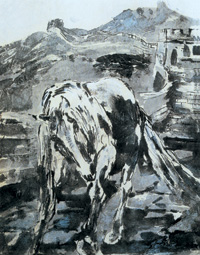
It is difficult to define the genre of Zhang Zhizhong's art, although his paintings are rooted in the great Chinese water and ink tradition. He is, in a way, a print maker, who works on an everyday medium, but something uniquely his own, breaking existing boundaries, be it plate lithography, woodcut or silkscreen.
This medium serves only as a starting point -- a hotbed that breeds ever-changing possibilities. Zhang Zhizhong's paper plate, literally, does not bring to us a print materialized by the printing process; it adds richness and subtlety to his work. In his landscapes, for instance, ink is powerful. It has the power which overflows the riverbank, its fullness is evident. But the painting has very little to do with tension or rigidity. People sometimes marvel at the rich tones a black and white photographic image can produce. Zhang's water and ink on bamboo paper shows what he can do within the realm between black and white. The sensitivity of hand-made paper, due to its absorbent quality; the way water and ink are mixed and applied on paper, all lead to a language that is special in its own right.
It is all done by an artist, whose primary interest is how nature nurtures: the sometimes semi-barren soil in North China, a more idyllic South; life thriving in these lands and conditions; flowers and plants -- young or past their prime as well as human and animal forms. There are tributes to people who have become part of China's literary and cultural heritage. There are Buddha images as homage paid to ancient masters, who until today remain nameless, and to their murals in the Buddhist grottoes in the Northwest. The imagery is other-worldly. They shed a different light on our artistic and religious past.
These truly beautiful pictures disclose interior experiences. Zhang Zhizhong has an eye for beautiful things and people. He has a language that tells the inside story.
Zhang Zhizhong teaches at Beijing Language and Culture University.His exhibition (with Zhao Junsheng) is to be held in Germersheim, Germany, May, 2002.
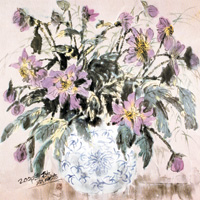 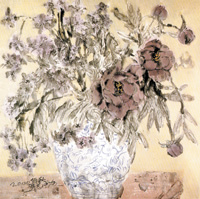 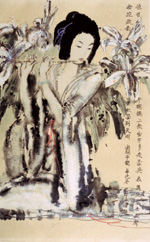 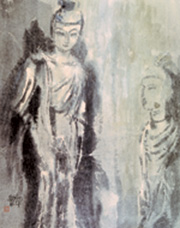 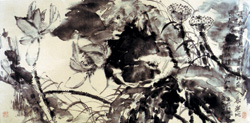 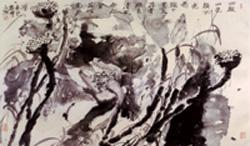 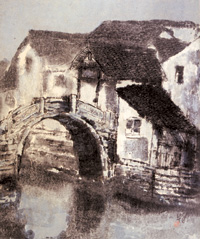 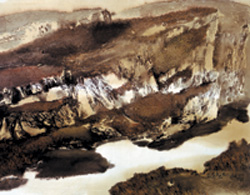 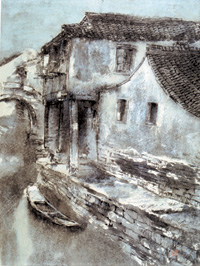 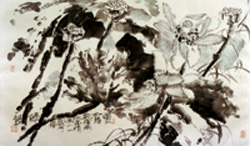
|
![]() 本网站由北京信息港提供网络支持
本网站由北京信息港提供网络支持










